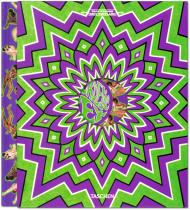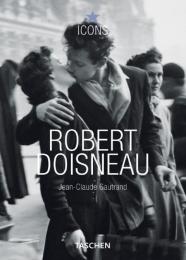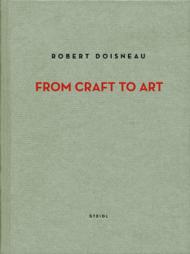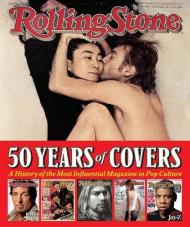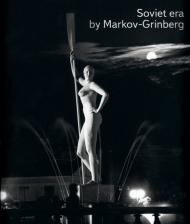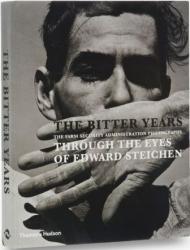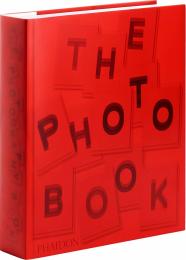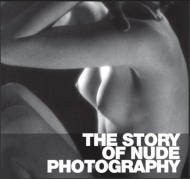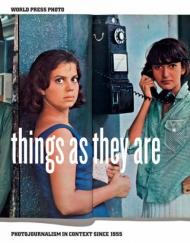The Bitter Years celebrates some of the most iconic photographs of the 20th century and provides a whole new insight into Edward Steichen’s impact on the history of documentary photography.
The Great Depression of the 1930s was still a vivid memory in 1962 and The Bitter Years was the title of a seminal exhibition held that year at The Museum of Modern Art, New York, curated by Edward Steichen. 2012 marked its 50th anniversary. No proper catalogue was produced of the exhibition in 1962 so this book provides a unique opportunity to see all the photographs in a structure and sequence that reflect those devised by Steichen for the original show.
The exhibition featured more than 200 images by photographers who worked under the US Farm Security Administration (FSA) in 1935–41 as part of Roosevelt’s New Deal. The FSA, set up to combat rural poverty, included an ambitious photography project that launched many photographic careers, most notably those of Walker Evans and Dorothea Lange.
The exhibition featured their work as well as that of ten other FSA photographers, including Ben Shahn, Carl Mydans and Arthur Rothstein. Their images are among the most remarkable in documentary photography – testimonies of a people in crisis, hit by the full force of economic turmoil and the effects of drought and dust storms.
This book is published in association with the Centre National de l’Audiovisuel and the Ministry of Culture in Luxembourg. It accompanies a permanent display at the Château d’Eau in Dudelange of the original exhibition, given by Steichen, who was born in Luxembourg. No proper catalogue was produced of the exhibition in 1962 so this book provides a unique opportunity to see all the photographs in a structure and sequence that reflect those devised by Steichen for the original show.
_____________
'The Bitter Years' was a seminal exhibition curated by Edward Steichen in 1962 at the Museum of Modern Art, New York. The show featured 208 images by photographers who worked under the aegis of the US Farm Security Administration (FSA) in 1935-41 as part of Franklin Roosevelt's New Deal.
The Great Depression of the 1930s defined a generation in modern American history and was still a vivid memory in 1962. The FSA, set up to combat rural poverty, included an ambitious photography project that launched many photographic careers, most notably those of Walker Evans and Dorothea Lange. The exhibition featured their work as well as that of ten other FSA photographers, including Ben Shahn, Carl Mydans, and Arthur Rothstein. Their images are among the most remarkable in documentary photography - testimonies of a people in crisis, hit by the full force of the economic turmoil and the effects of drought and dust storms.
'The Bitter Years' was the last exhibition curated by Steichen, who was not only a distinguished photographer in his own right, but also a celebrated director of the photography department at MoMa, in which role he had won international acclaim in 1955 for 'The Family of Man' exhibition.
Jean Back, Director of the Centre National de l'Audiovisuel, contributes an introduction to the book and the four essays by international writers and teachers on photography discuss the FSA, its place in the history of 20th-century photography and the continuing role of its archive, Steichen and the origins, impact and legacy of the exhibition, and its new location in Luxembourg.
About the Author:
Françoise Poos is a curator at the National Audio Visual Centre, Luxembourg. Ellen Handy is Chair of the Photography Department, City College of the City University, New York. Gabriel Bauret is the author of books on Colour Photography, Alexey Brodovitch and Peter Knapp. He has been artistic director of Le Mois de la Photo, Paris. Ariane Pollet wrote her doctorate at the University of Lausanne on Steichen’s work at MoMA, New York. Antoinette Lorang received her doctorate at the University of Heidelberg.


